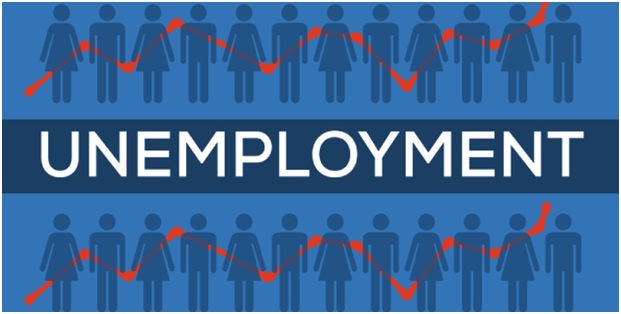World Employment and Social Outlook: Trends 2024 Report (The Hindu)

- 11 Jan 2024
Why is it in the News?
The global unemployment rate is set to increase in 2024 while growing social inequalities remain a concern, according to the International Labour Organisation’s (ILO) World Employment and Social Outlook: Trends 2024 report released in Vienna recently.
Key Findings:
- Employment Trends: Joblessness and the jobs gap have both decreased below pre-pandemic levels, but global unemployment is expected to rise in 2024.
- The macroeconomic environment witnessed a significant deterioration in 2023.
- Global Economic Challenges: Ongoing geopolitical tensions and persistent inflation led to frequent and aggressive actions by central banks.
- Monetary authorities in both advanced and emerging economies implemented the fastest interest rate increases since the 1980s, with widespread global repercussions.
- Economic Slowdown in Key Economies: China, Türkiye, and Brazil experienced notable slowdowns, adversely affecting global industrial activity, investment, and trade.
- Despite the economic slowdown, global growth in 2023 surpassed expectations, and labour markets displayed unexpected resilience.
- Unemployment Dynamics: The global unemployment rate in 2023 improved modestly to 5.1% compared to 2022.
- Labour market participation rates largely recovered from pandemic lows, but concerns arise about structural imbalances persisting.
- Wage Trends: Real wages declined in most G20 countries as increases failed to keep pace with inflation.
- Workers living in extreme poverty (earning less than US$2.15 per day per person in PPP terms) increased by about one million globally in 2023.
- Positive real wage growth was observed in China, the Russian Federation, Mexico, India, and Türkiye.
Recommendations As per the Report:
- Inclusive Labor Policies: Policymakers in rapidly ageing countries should focus on supporting the participation of groups with weak labour market attachment, including youth, women, and older workers.
- Investment and Skills Strategies: Investment and skills policies should aim to enhance productivity, and potential growth, and promote a more productive utilization of technological progress.
- Sectoral Improvements: Motivating workers who leave due to low pay and challenging working conditions can be achieved by improving conditions in sectors and occupations with these challenges.
- International Workforce Matching: Facilitating the matching of internationally mobile workers to suitable jobs could alleviate some of the shortages in the labour market.
- Long-Term Engagement: Recognizing that structural challenges in labour market adjustment are unlikely to vanish in the short term, it is crucial for governments and social partners to engage in ongoing efforts to address these challenges.
International Labour Organization (ILO)
- The International Labour Organization (ILO) stands as the United Nations agency dedicated to the world of work.
- Mission: The core mission of the ILO is to promote social and economic justice by establishing and advancing international labour standards.
- Motto: At the heart of the ILO's mission is the pursuit of Decent Work for all, encapsulating the commitment to fostering conditions that are fair and dignified.
- Headquarters: Situated in Geneva, Switzerland, the ILO operates from its global headquarters.
- Parent Organization: Functioning under the Economic and Social Council of the United Nations, the ILO is a vital component of the UN system.
- Additionally, it is a member of the United Nations Development Group (UNDP), collaborating with other UN organizations to achieve Sustainable Development Goals.
- Historical Background: Established in 1919 under the Treaty of Versailles, following the conclusion of World War I, the ILO was conceived with the conviction that enduring and universal peace could only be realized through a foundation of social justice.
- In 1946, it transitioned into a specialized agency within the newly formed United Nations.
- Membership: The ILO boasts a diverse membership, with 187 member states, encompassing 186 out of the 193 UN member states along with the Cook Islands.
- Organizational Structure: Distinguishing itself as the only tripartite U.N. agency, the ILO brings together representatives from governments, employers, and workers of its 187-member states, fostering collaborative efforts in shaping global labour standards and policies.
